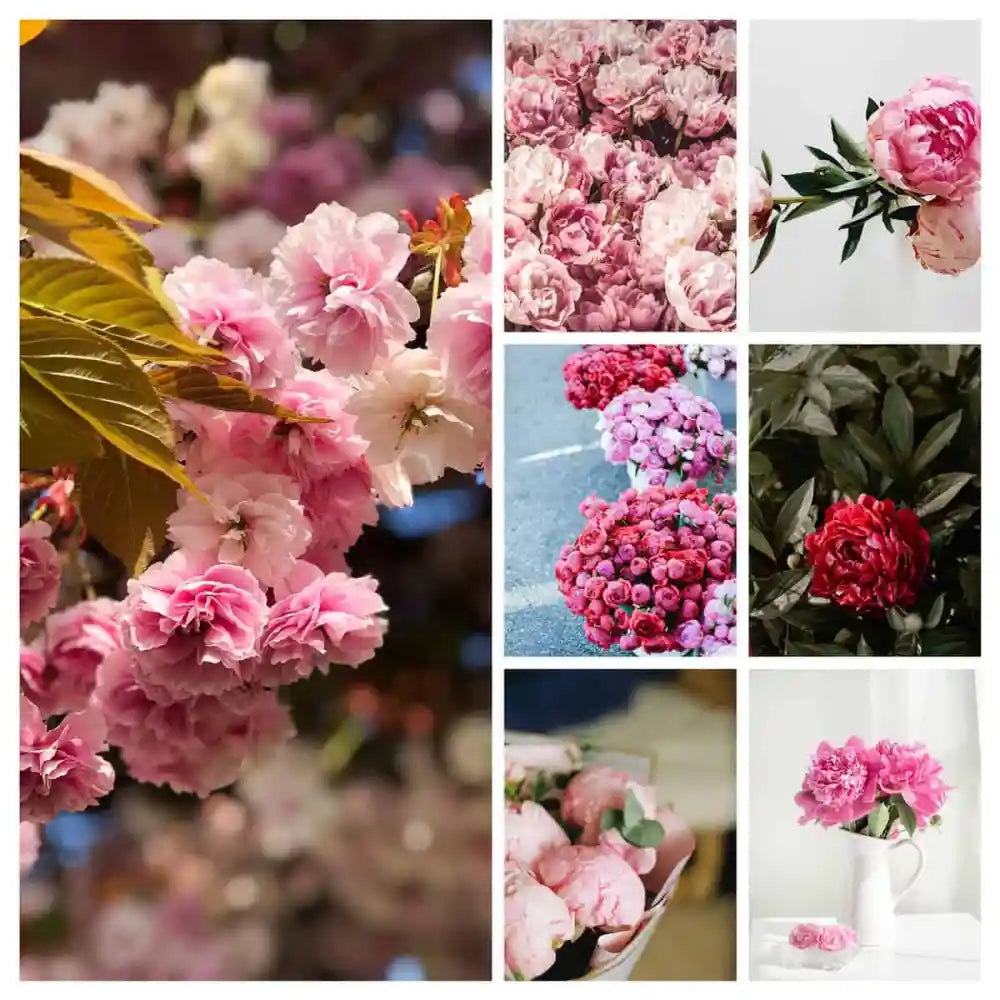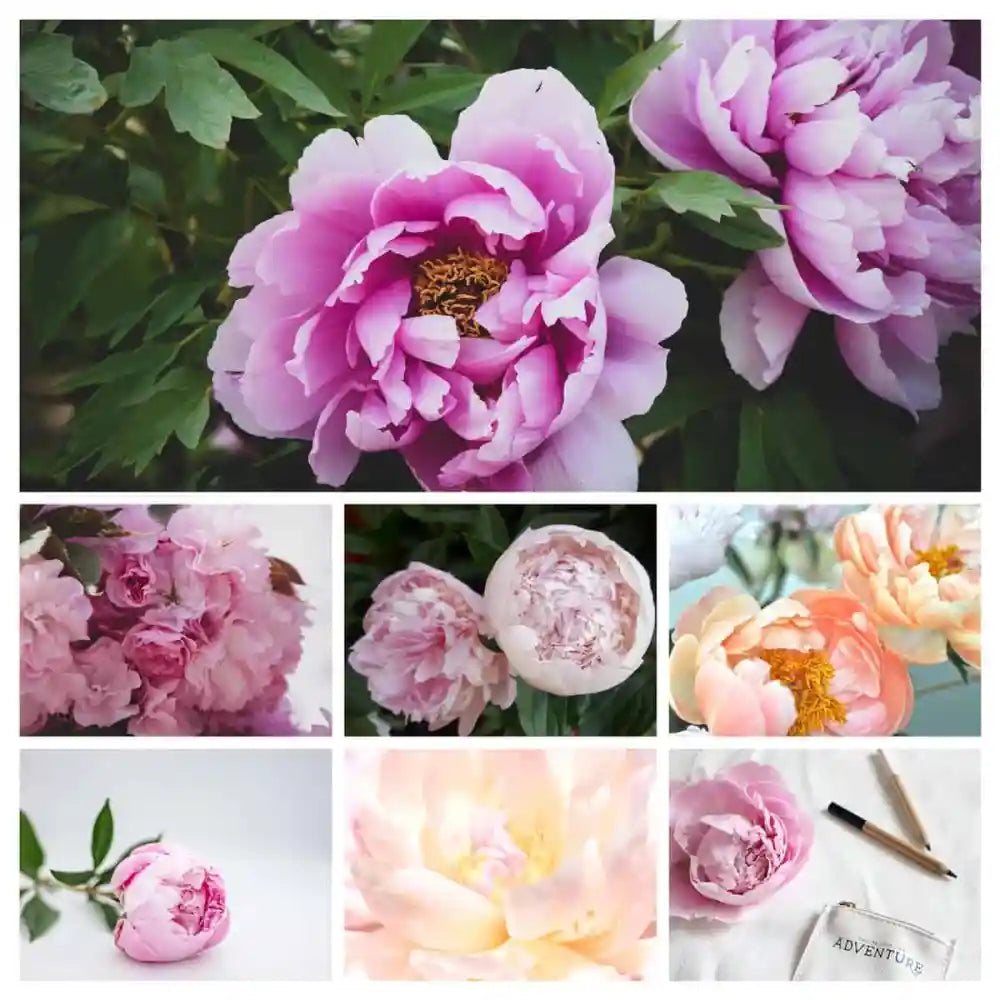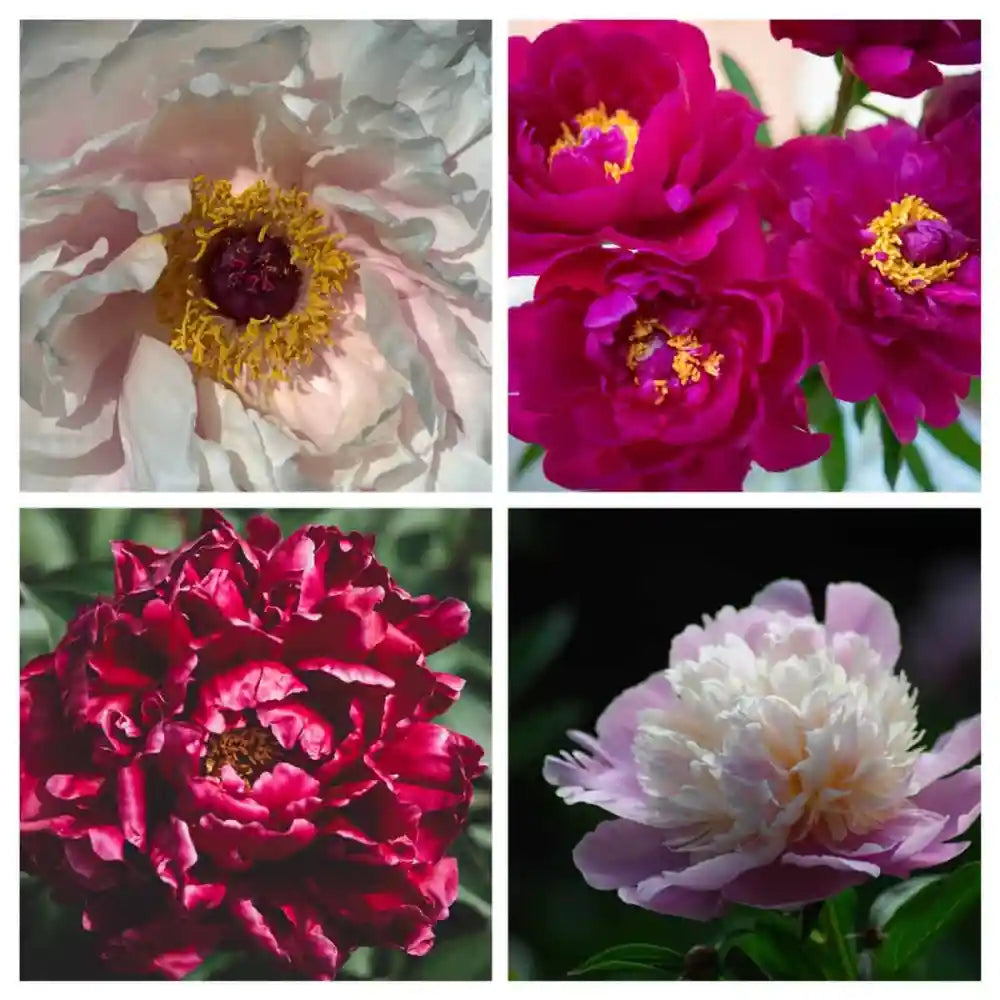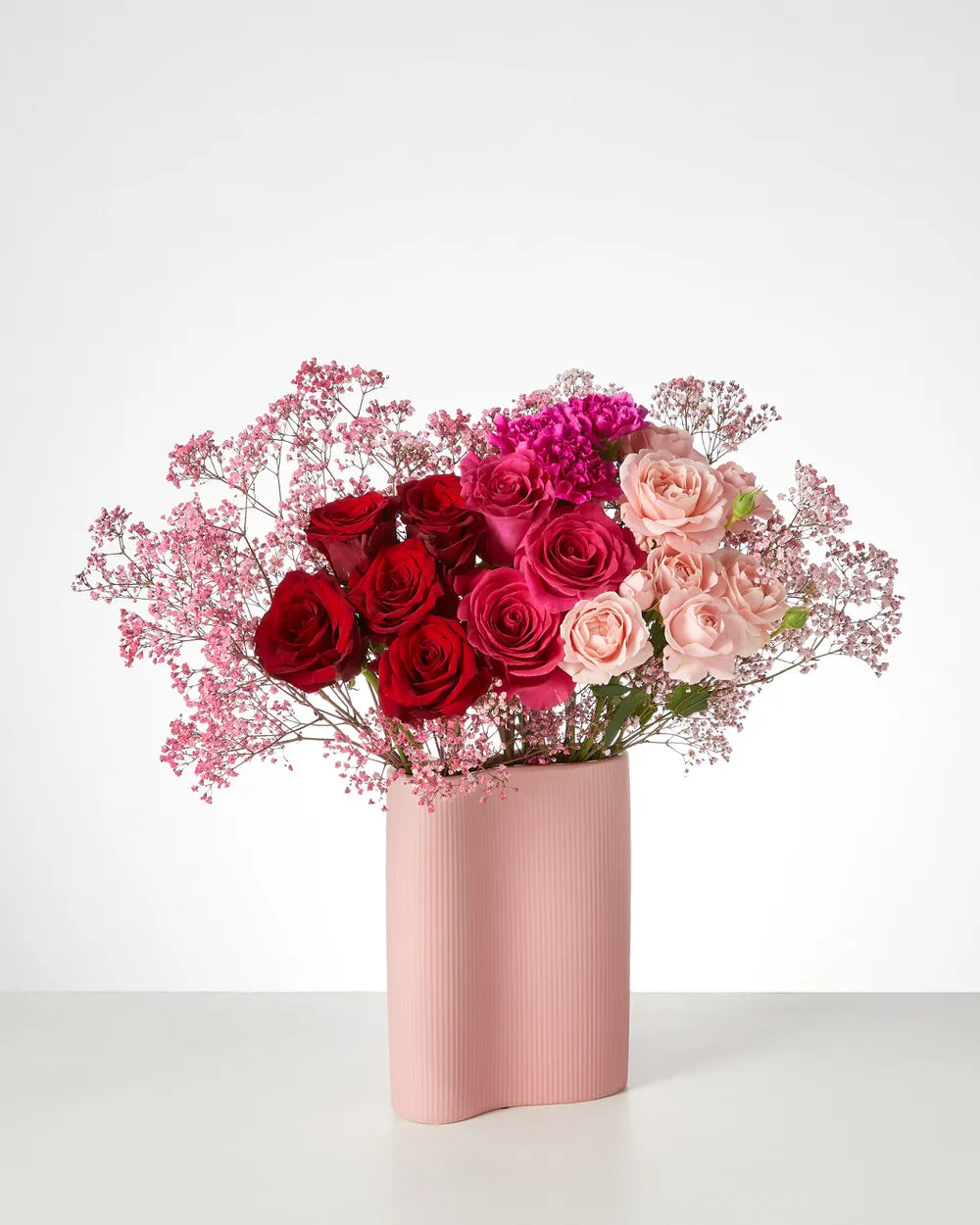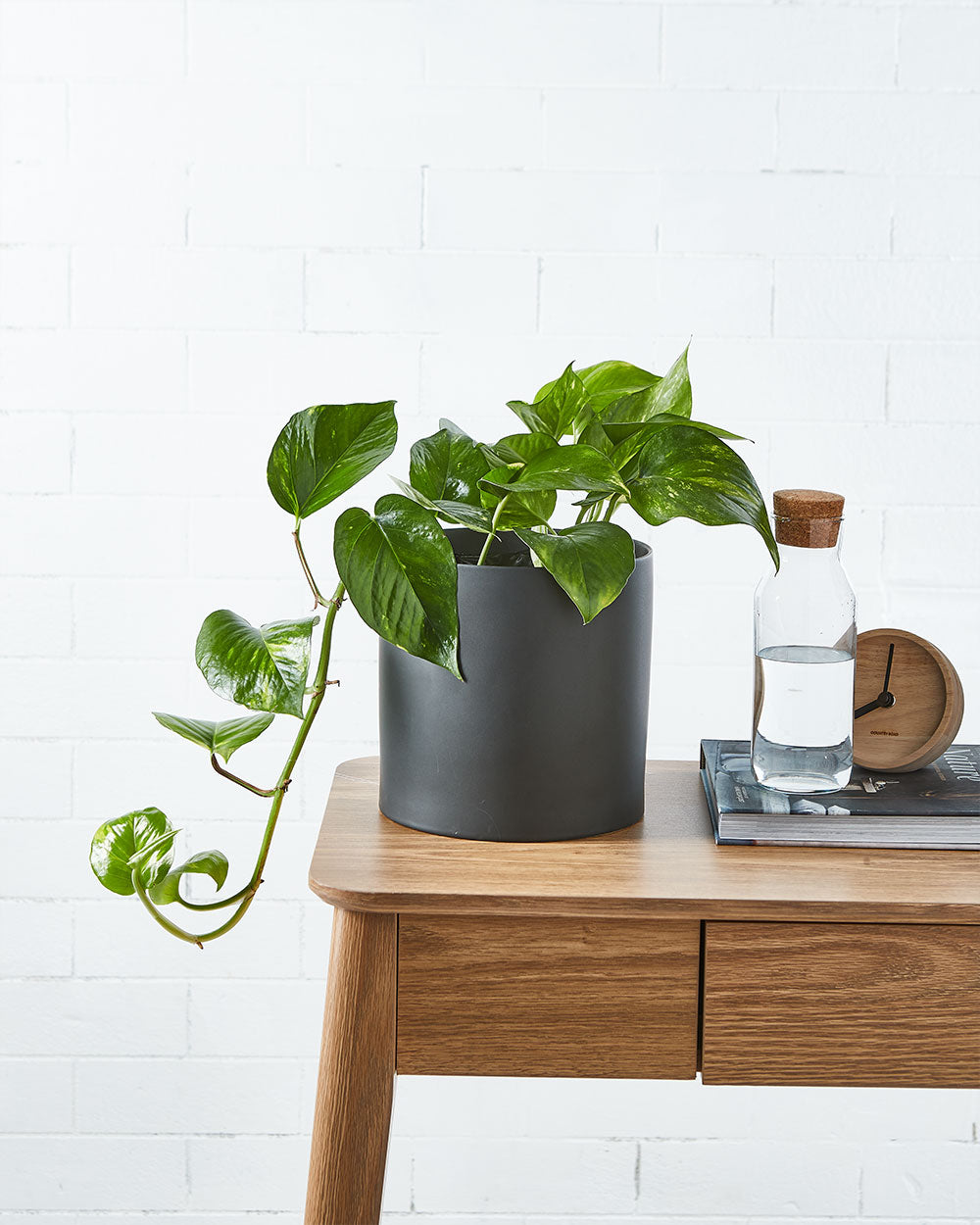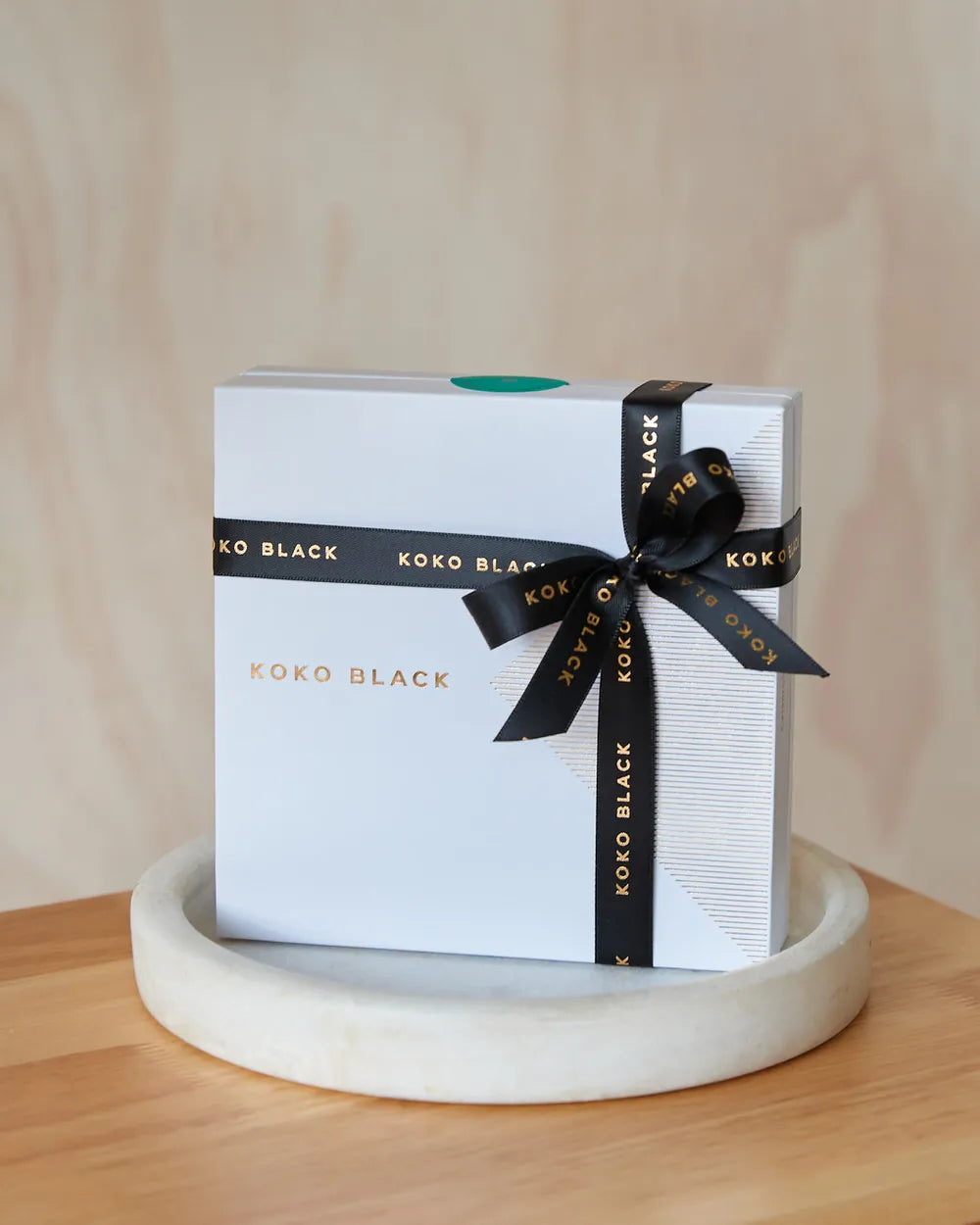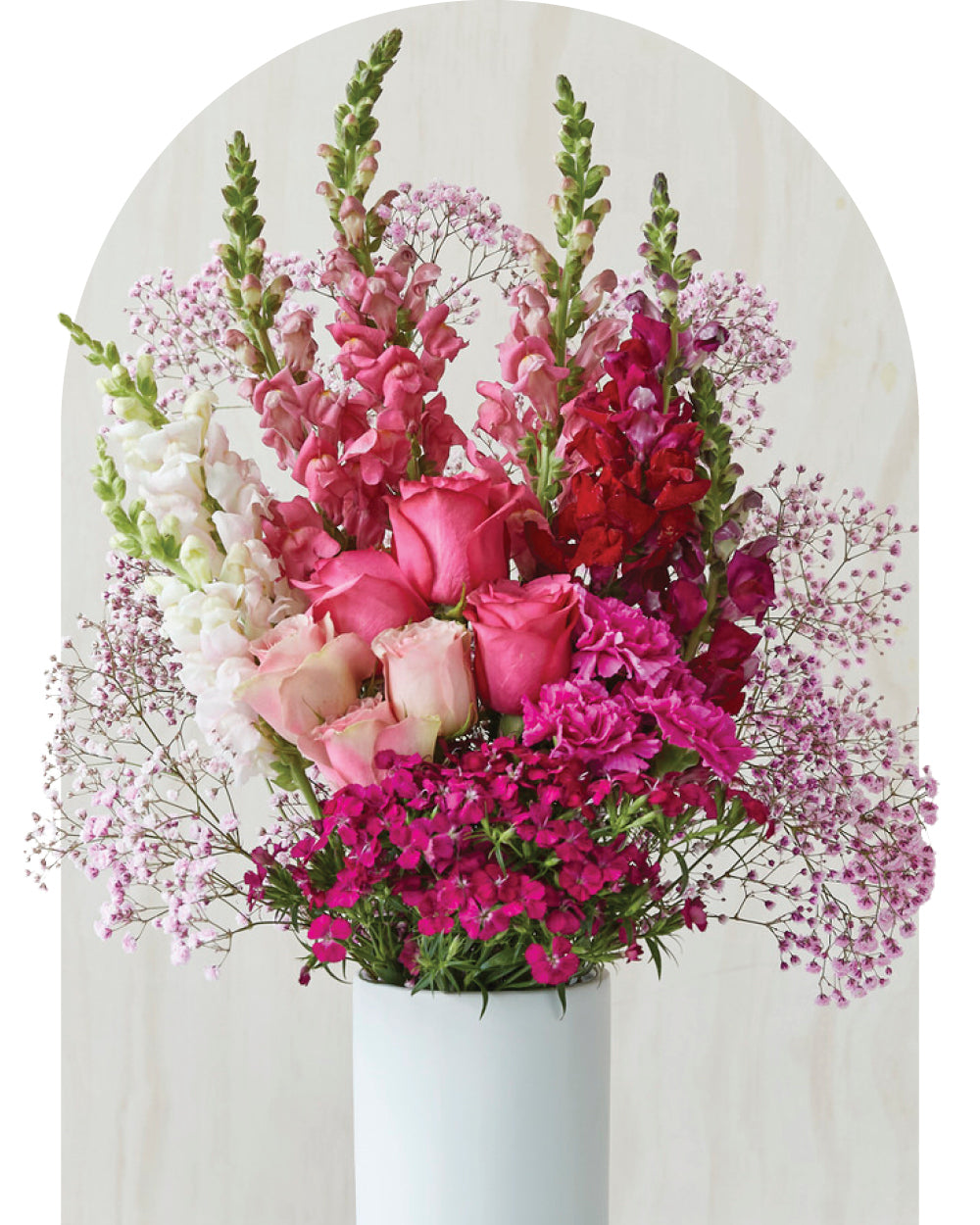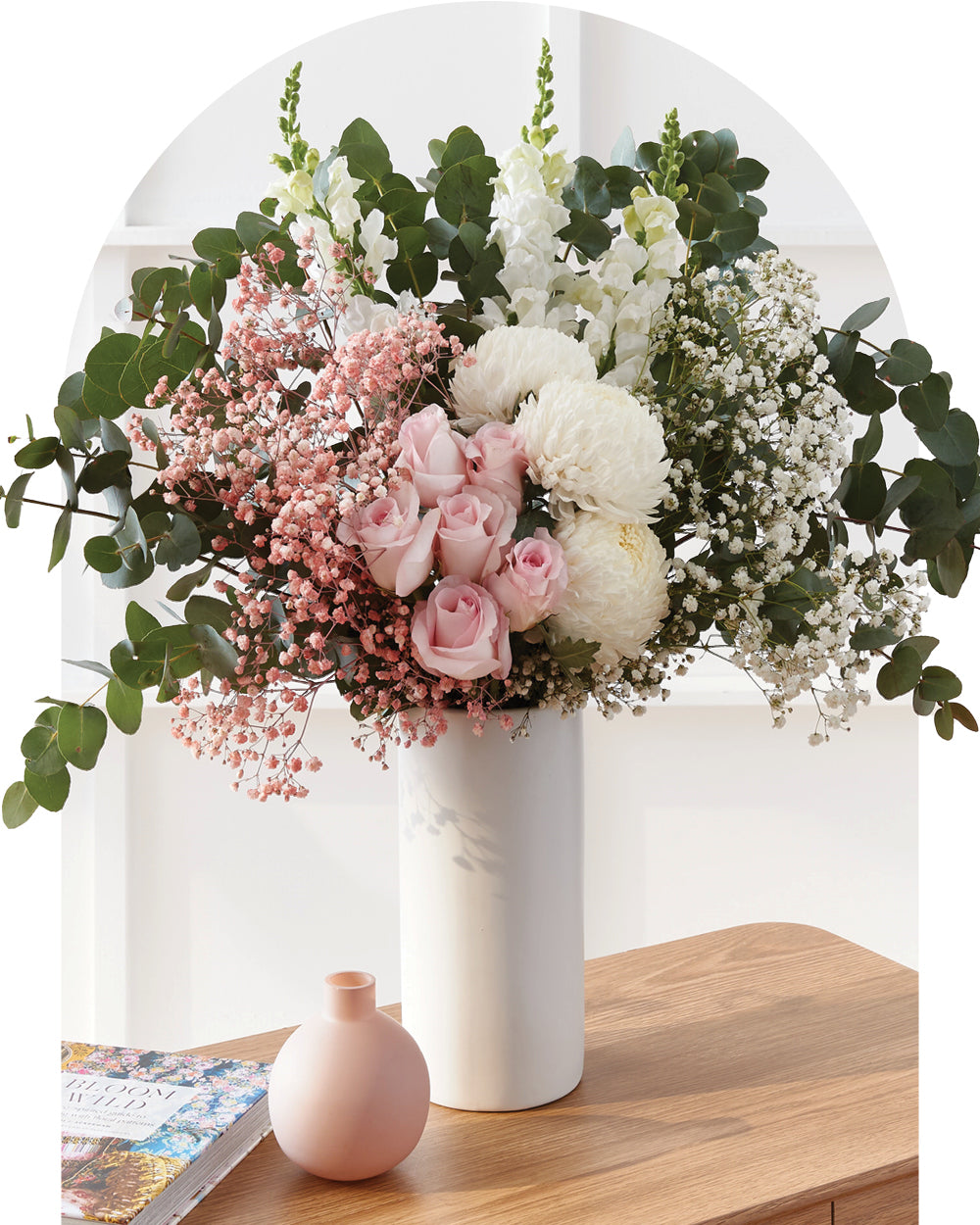When are peonies in season?
Peonies are “perennials” which means that they live for more than two years. The term is used to contrast shorter-lived biennials and annuals, but it’s also used to distinguish plants with little woody growth from trees and shrubs (also technically perennials).
As herbaceous perennials, peonies grow and bloom over the spring and summer. They die back every autumn and winter, then spring to life again (in Spring!) from their rootstock. However, there is actually a much rarer type of peony that you haven’t seen before – Tree Peonies! These woody shrubs grow much like rose bushes and there strong woody stems support large blossoms. In fact, stumbling upon a Peony tree, adventurer Marco Polo said they looked like “roses as big as cabbages”.
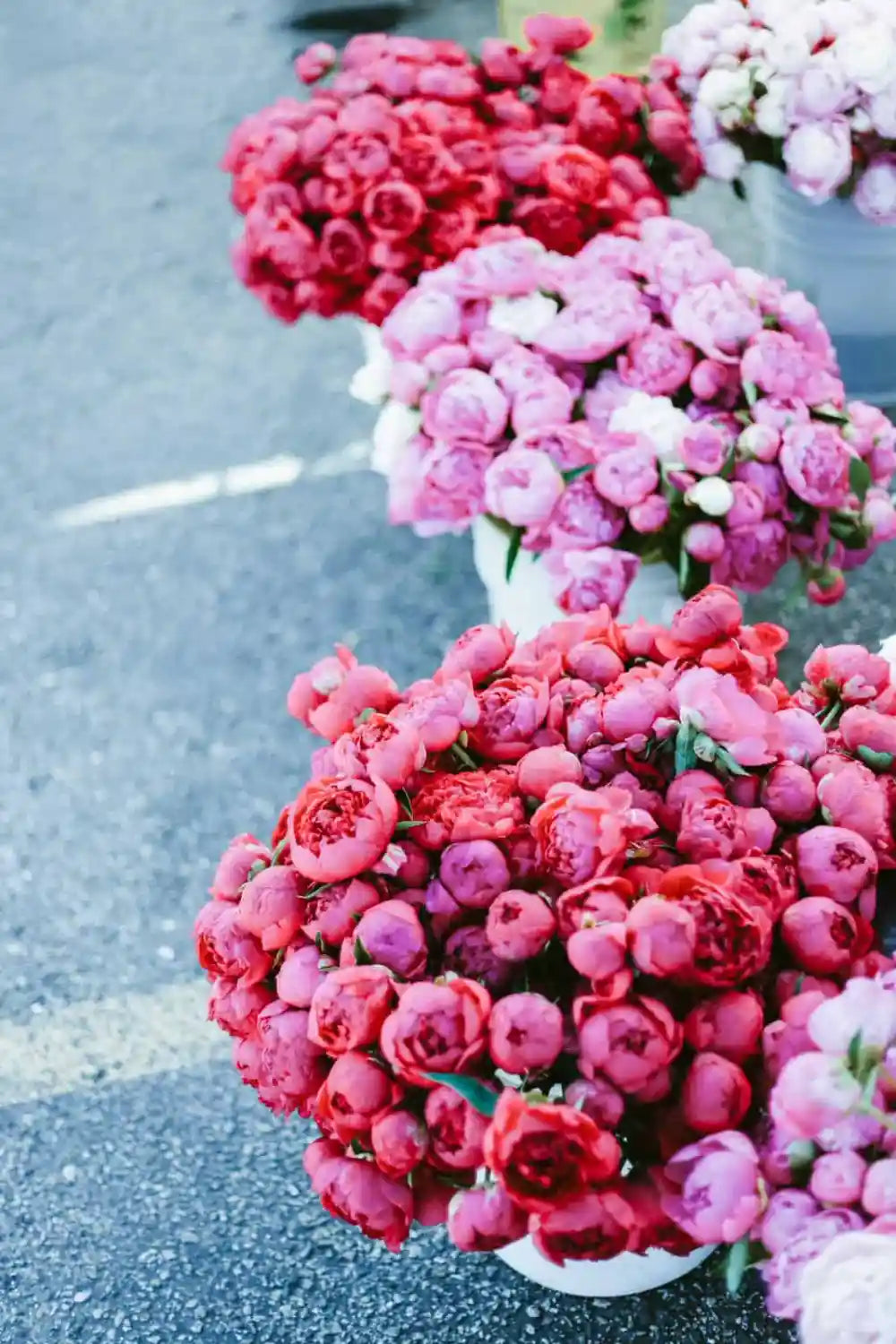
Where are peonies grown?
Peonies are native to Europe and Asia, but today they are sold all over the world. One of the little known facts about peonies is that even today, if you’re lucky, you can still find them growing in the wild in certain parts of Europe.
From late October through to December each year Peonies are available from Fig & Bloom. You’ll find soft pink Peonies in our popular “Venice” design and we also sell Coral Peonies in various sizes. Visit out our online store to send flowers to Sydney and send flowers to Melbourne.
Peonies have been cultivated in China for more than a millennium, where they are called “sho yu“. The English translation is “most beautiful” – no wonder so many people have fallen head over heels for this beautiful flower!
They grow best during cold winters, and in warmer climates peonies often fail to bloom. If you live somewhere hot, your flowers have most likely been imported.
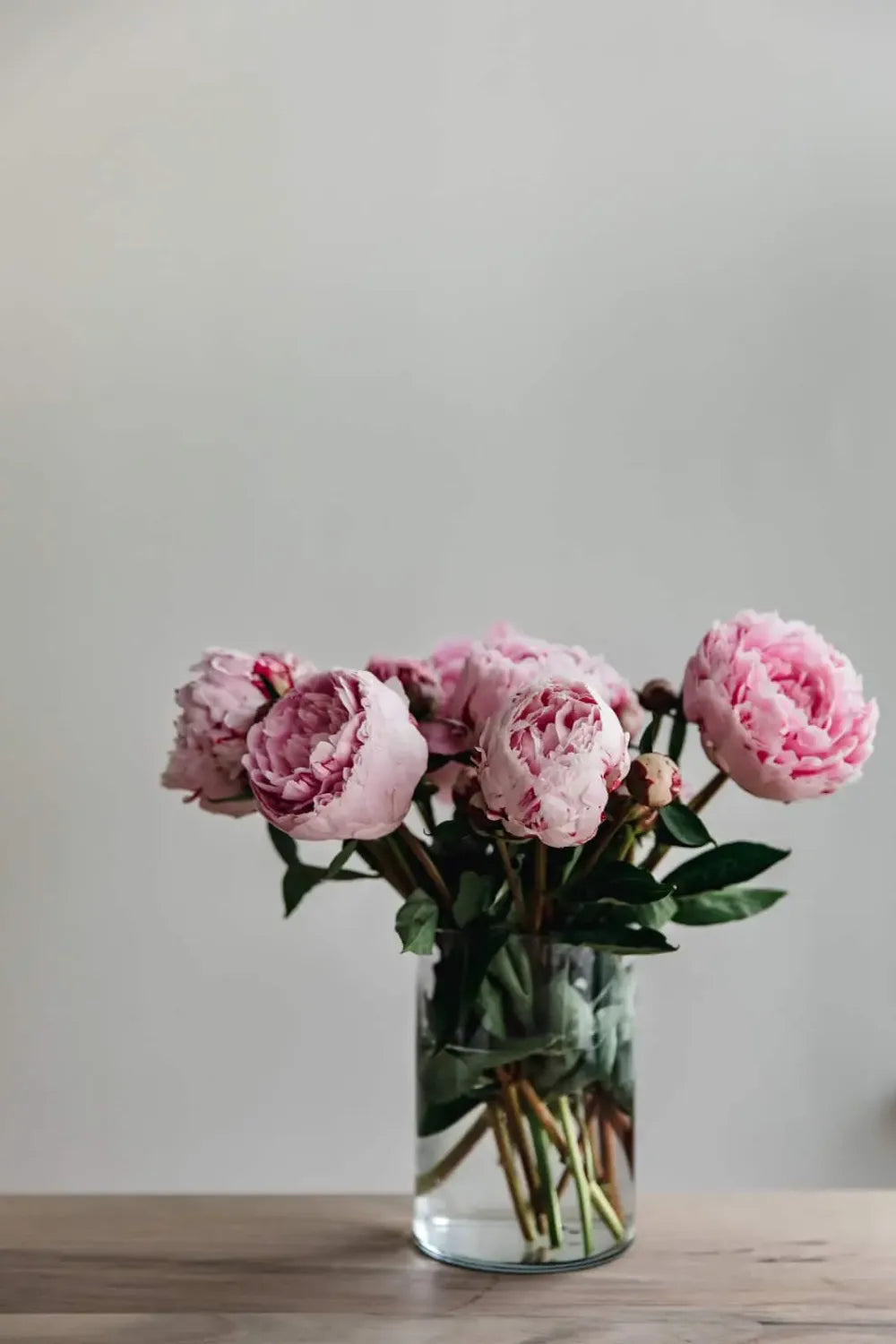
What colours do peonies come in?
Peonies are available in every colour except blue. The most common hues, however, are pink, white and yellow. The yellow variety is commonly used by New York floral designers, but it has not been as popular in Australia.
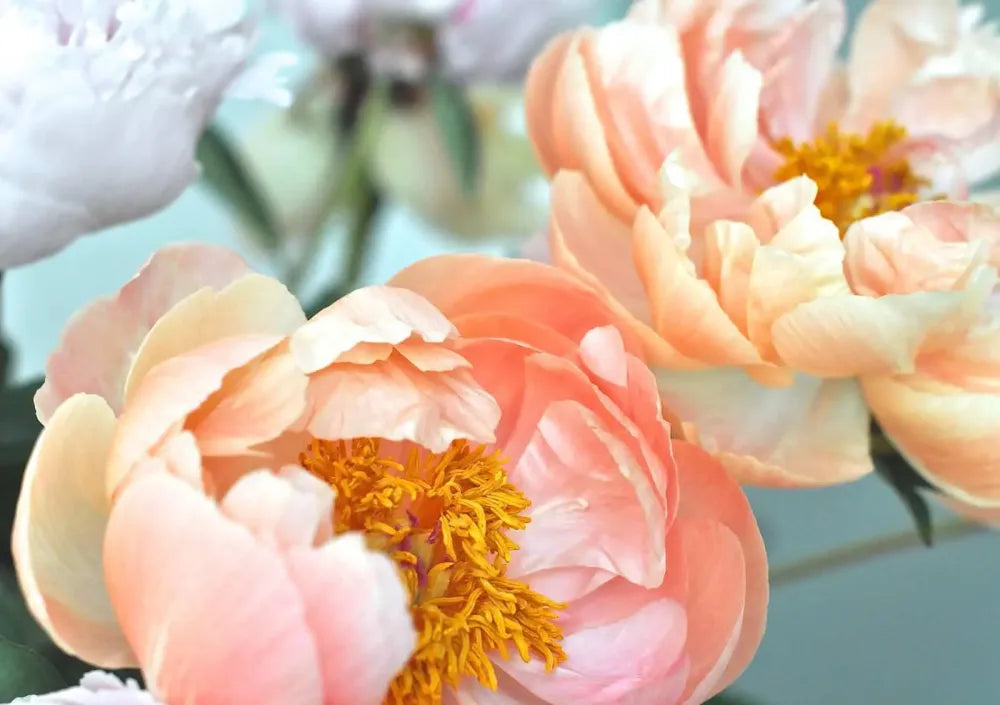
You can’t mistake Japanese Peonies for any other variety, they are truly unique! The stamens and filaments of this beautiful peony variety become enlarged and cluster in the centre, and as the flower blooms, it’s body divides into two clearly separate sections. A protruding centre of stamens and filaments which is surrounded by a bowl of guard petals. Often the colours of a Japanese Peony will vary between the centre section and the surrounding, giving it a beautiful two-toned appearance.
What to pair Peonies with in a bunch?
Peonies are always a feature in a flower bunch, and we are going to tell you what they they look stunning paired with! Our personal favourite selection include; Ranunculus, Anemones, Lisianthus, pastel pink and white Stock, as well as vibrant coloured Snapdragons, while foliage such as eucalyptus and dust miller are a gorgeous leaf choice! However you can add in various foliages, whatever is seasonal usually is what your florist will use! Foliage creates an eye popping colour contrast mixed with all the other flowers! If you are looking for the perfect bunch to give to your friend, lover, or perhaps you are looking for wedding inspo we could not suggest a dreamier flower. Peonies are an absolute dream!
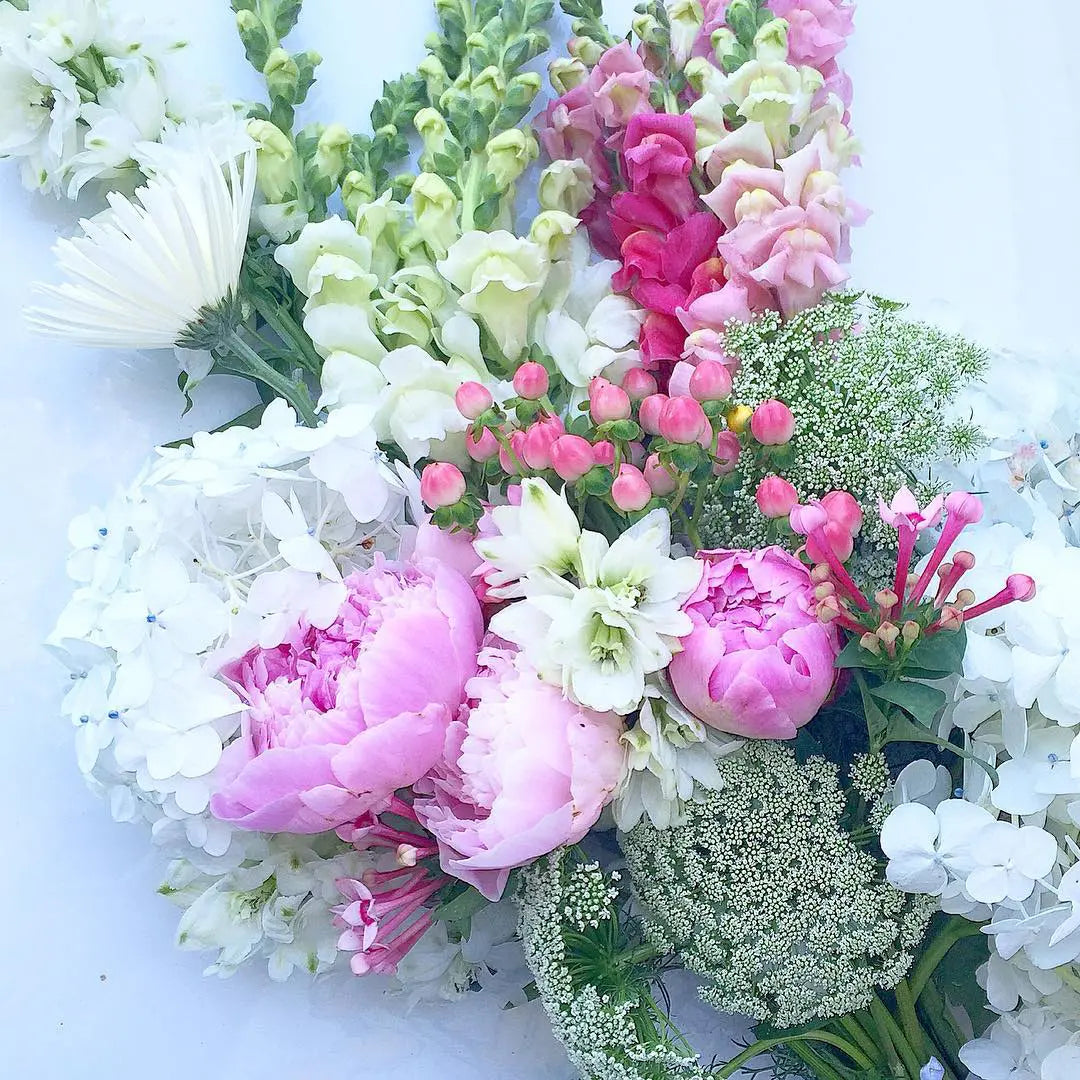
How big do peonies grow?
Peonies can grow INCREDIBLY LARGE, as big as 10 inches in diameter. Like roses the size of cabbages! Tree peonies tend grow larger blooms as their strong wooden stems can support the increased weight of the flower head.

How long do peonies last after they start blooming?
What we love most about peonies is, watching these beauties slowly explode from tight little buds into intricate and extraordinarily large blooms. You could almost question how such a tiny bud can open up with SO many petals! Peonies, providing they are fresh and locally grown, will last beautifully up to 5-7 days. If you hope for these blooms to last a little longer then keep them in a cool room away from direct sun, and make sure you are re-trimming your stems and keep refreshing your vase water every few days.
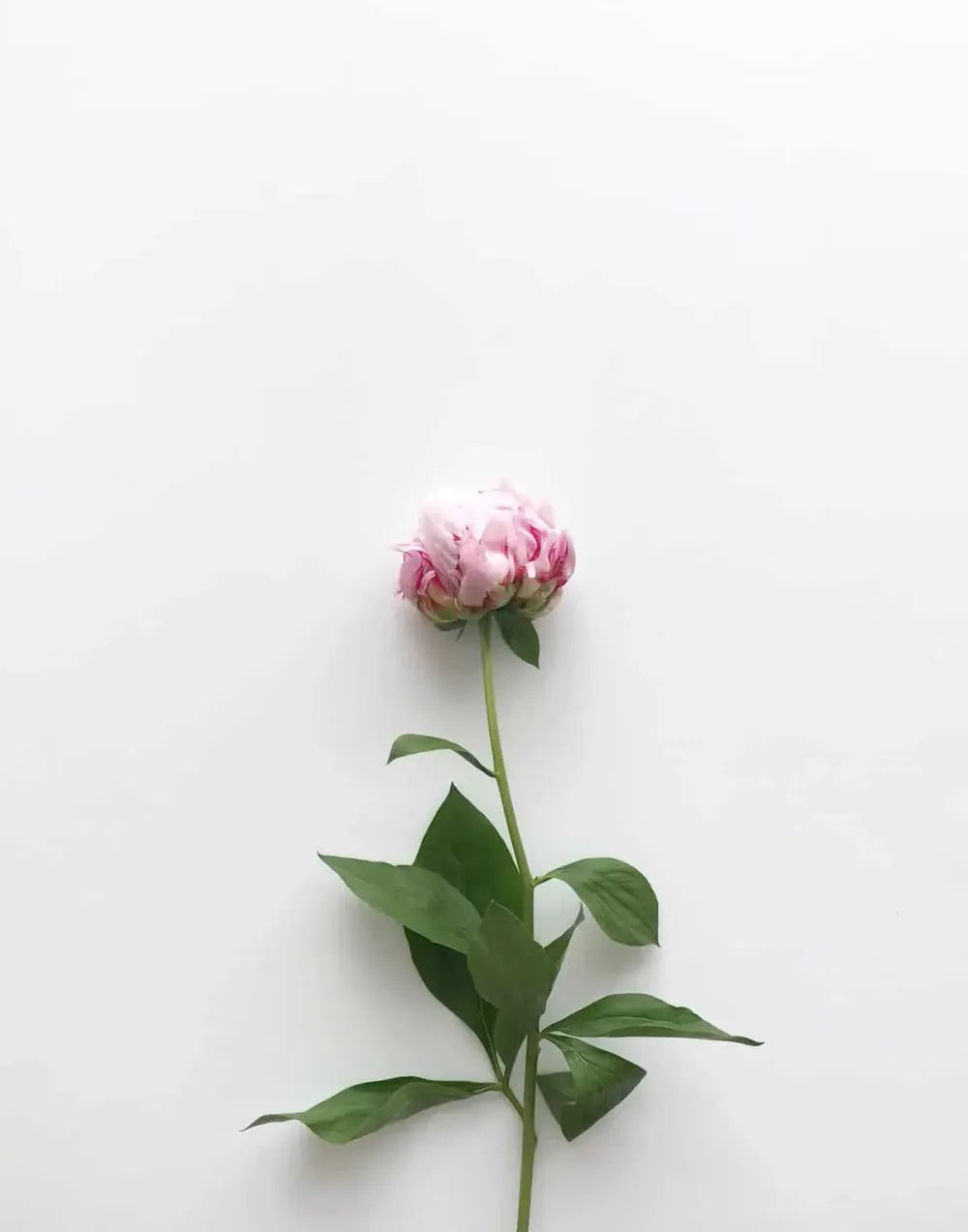
Can I grow peonies at home?
Yes! Don’t let their delicate and elegant appearance fool you, Peonies are in fact very hardy plants. They are easy to grow at home as long as you live in an appropriately cool climate. They don’t need much care and can survive through very harsh winters. Once established in your garden, peonies will continue yielding beautiful fresh blooms each year for many years to come. Like roses, peony plants can live a very long time and in fact might even outlive you. Peonies are known to live up to 100 years in some cases.
The Flower Expert offers these great tips for growing peonies at home:
- Planted in early autumn, or spring for grown peonies.
- Plant the tuber in a well prepared bed, working compost or peat moss into the soil.
- Dig a hole approximately eighteen inches wide and 18 inches deep for each tuber.
- Space the holes so that the plants will be at least 3 feet apart. Fill the hole about half full of soil.
- Mix in a handful of a balanced fertilizers, such as 5-10-5 at this time.
- Plant the garden tuber with the uppermost eye not more than 2 inches below the ground surface.
- A tuber planted too deeply will have difficulty producing blooms. Put a little soil around the tuber and water thoroughly.
- Then fill the hole with the remaining soil, and press down firmly.
- Water again to settle the tuber.
- Plant a tree peony tuber with 4-5 inches of soil covering the graft.
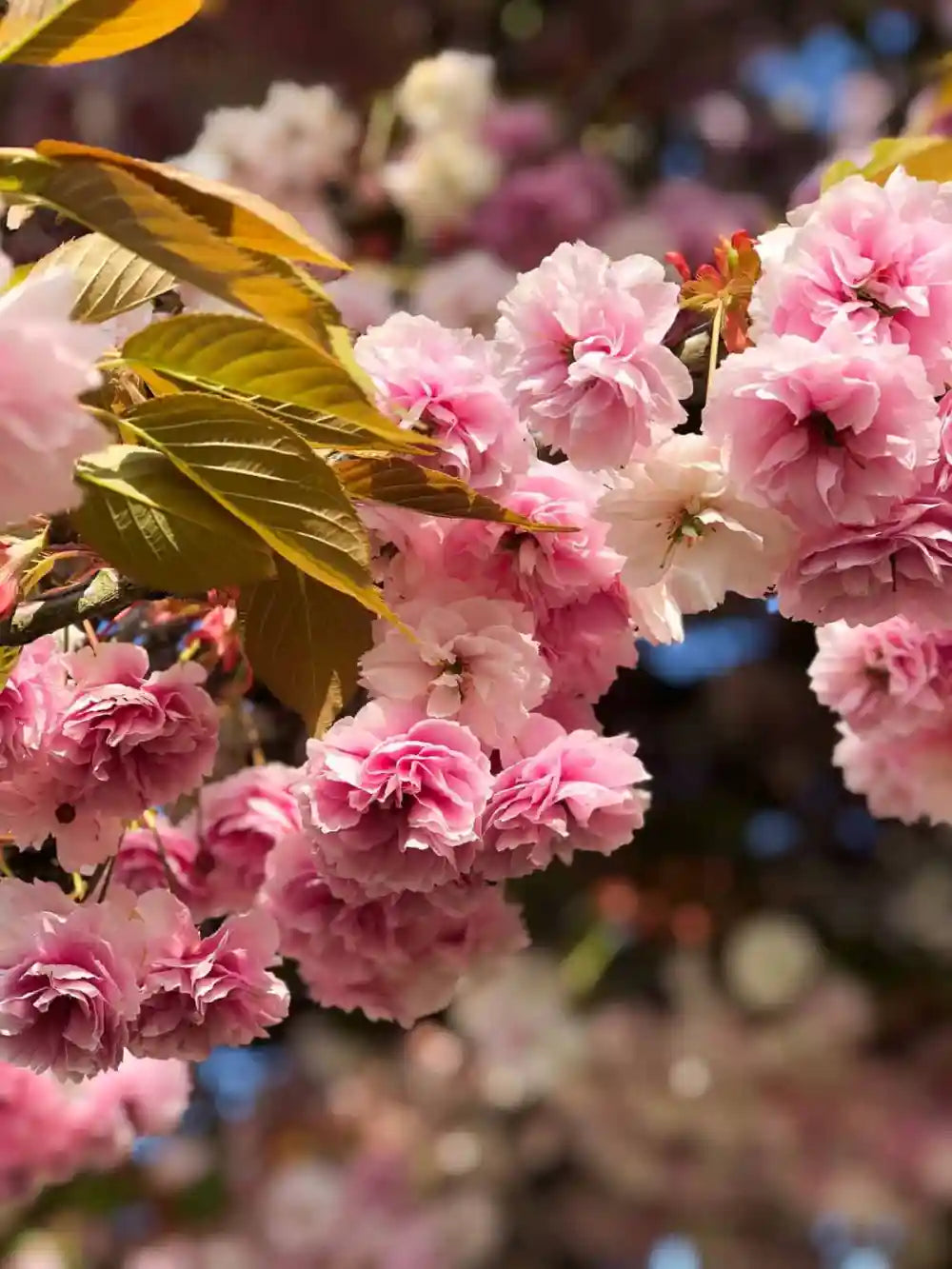
Do Peonies have any symbolic meaning?
Having been cultivated in China for more than a thousand years, it is not surprising that Peonies do have symbolic meaning. In fact, peonies themselves are floral symbol of China!
The Peony is the flower of love, and it is the 12th wedding anniversary flower! Peony bouquets are an absolute favourite choice for brides, thanks to their dreamy, soft, and romantic petals. Peonies are thought to bring good fortune and prosperity, so if you’re a newlywed then we would highly suggest you keep this little fact in mind. Peonies also symbolise romance, compassion, prosperity, good fortune and a happy marriage!
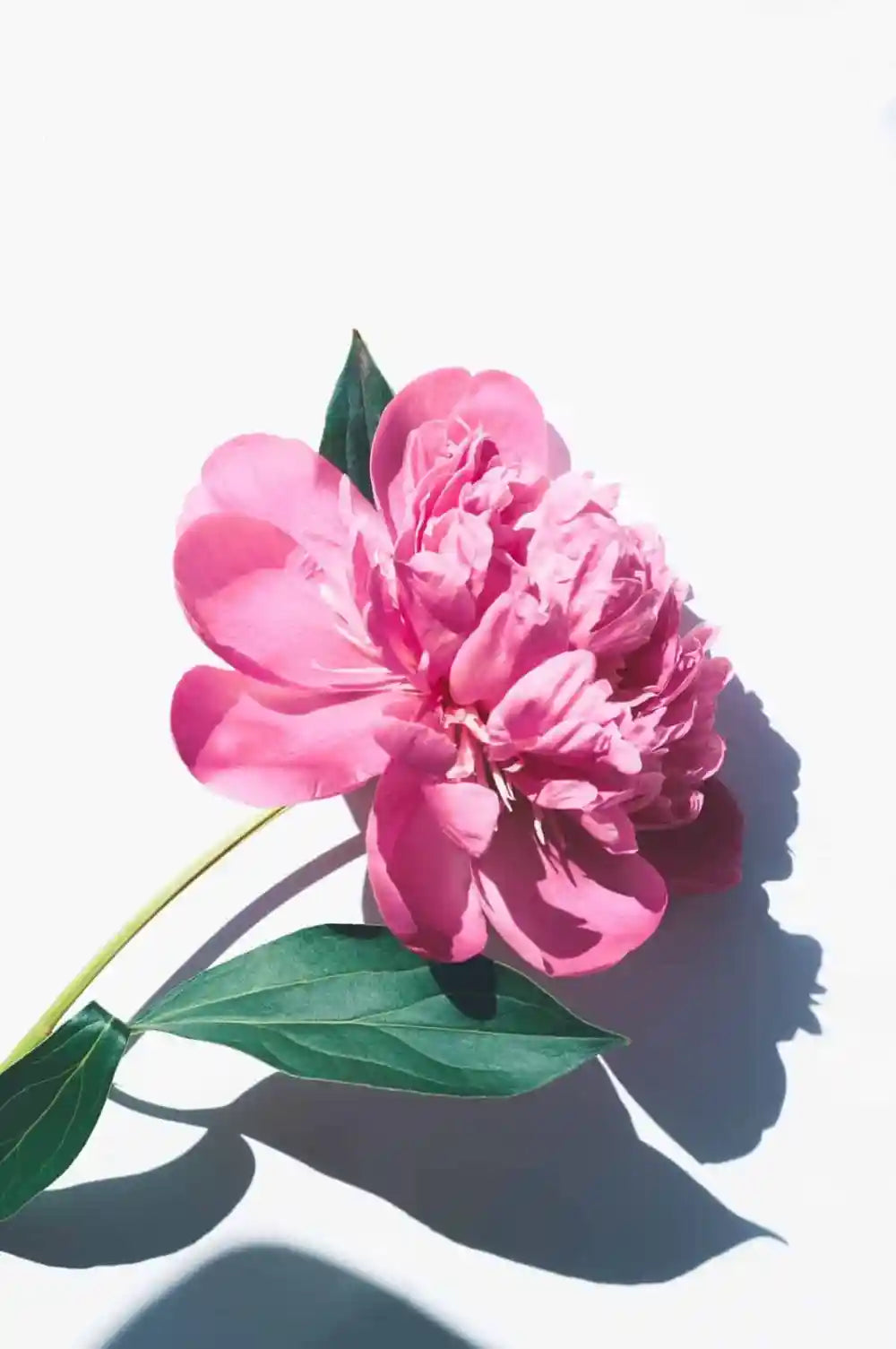
Are peonies used for any medical purposes?
Chinese ancients believed that peonies could relieve headaches, help calm asthma symptoms and alleviate the pain of childbirth. Actually, Peony-root is one of the oldest traditional Chinese remedies for conditions like convulsion. These days, however, this bloom really only have one medicinal purpose – bringing fragrance and happiness!
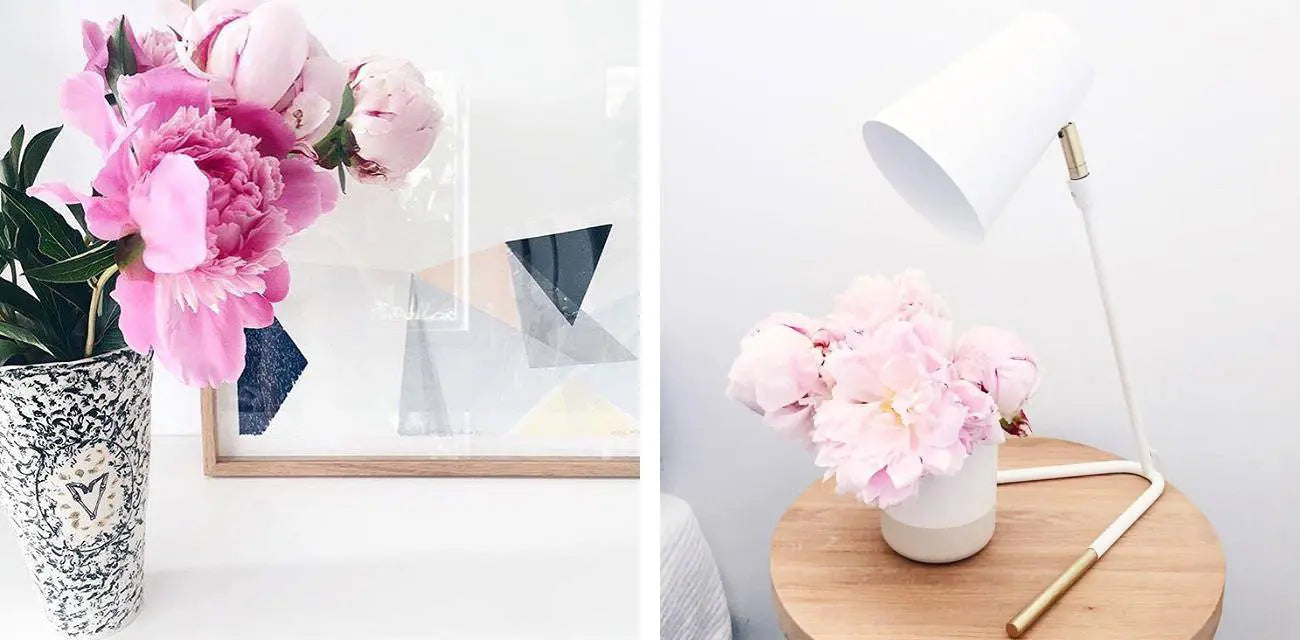
Keep scrolling if you love peonies too!
